TABLE 14-16
What are the factors that determine the acceleration time (in sec.) from 0 to 60 miles per hour of a car? Data on the following variables for 171 different vehicle models were collected:
Accel Time: Acceleration time in sec.
Cargo Vol: Cargo volume in cu. ft.
HP: Horsepower
MPG: Miles per gallon
SUV: 1 if the vehicle model is an SUV with Coupe as the base when SUV and Sedan are both 0
Sedan: 1 if the vehicle model is a sedan with Coupe as the base when SUV and Sedan are both 0
The regression results using acceleration time as the dependent variable and the remaining variables as the independent variables are presented below.
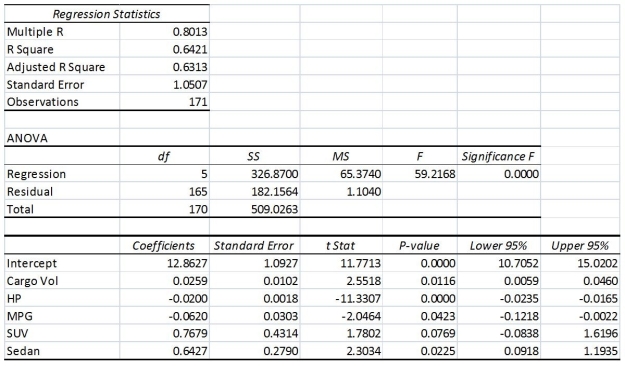
The various residual plots are as shown below.
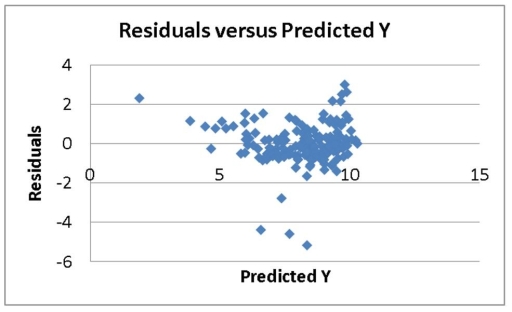
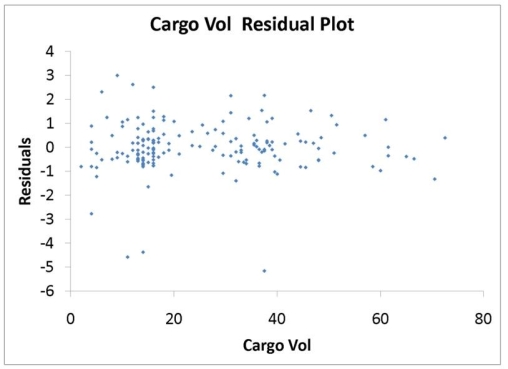
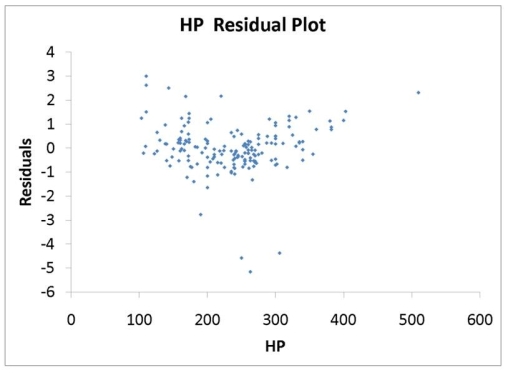
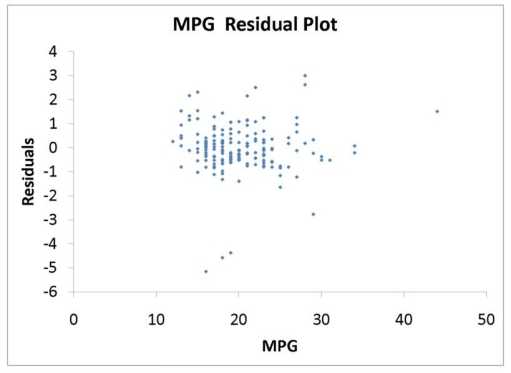
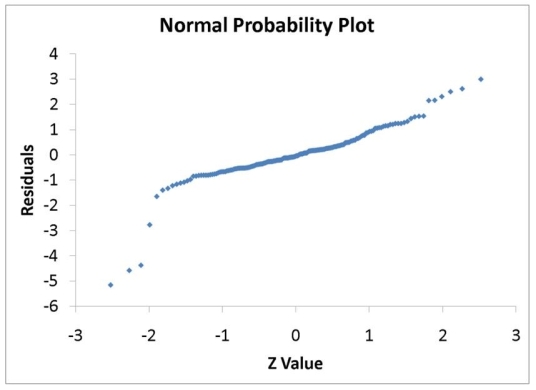

-Referring to 14-16, what is the value of the test statistic to determine whether HP makes a significant contribution to the regression model in the presence of the other independent variables at a 5% level of significance?
Definitions:
Self-interested Politics
Actions within an organization where individuals or groups prioritize their own interests over the collective good.
Ambiguous Outcomes
Results or effects of actions that are not clearly defined or can be interpreted in multiple ways.
Power Networks
Structures within an organization or society where power is distributed and exchanged among individuals or groups.
Central Authority
A governing body or organization that holds the primary power within a political, social, or administrative structure.
Q11: Given a data set with 15 yearly
Q13: Referring to Table 17-9,an R chart is
Q69: Referring to Table 15-6,what is the value
Q126: You need to decide whether you should
Q139: Referring to Table 14-17 Model 1,what are
Q171: Referring to Table 14-15,estimate the mean percentage
Q246: Referring to Table 14-18,what should be the
Q295: If a categorical independent variable contains 4
Q297: A regression had the following results: SST
Q313: Referring to Table 14-17 Model 1,what is